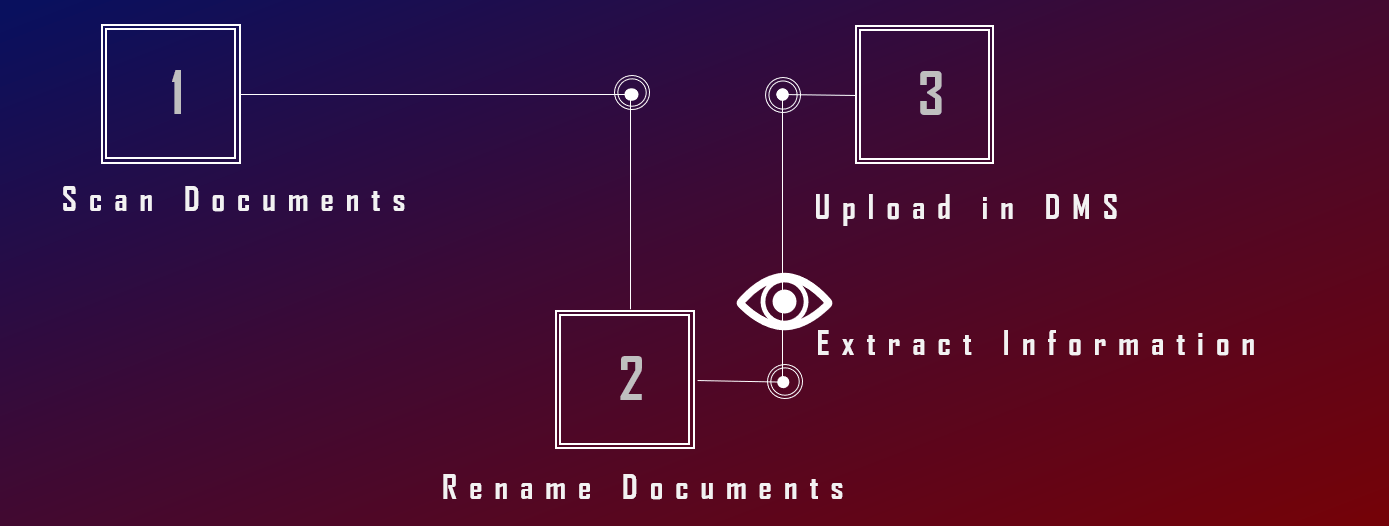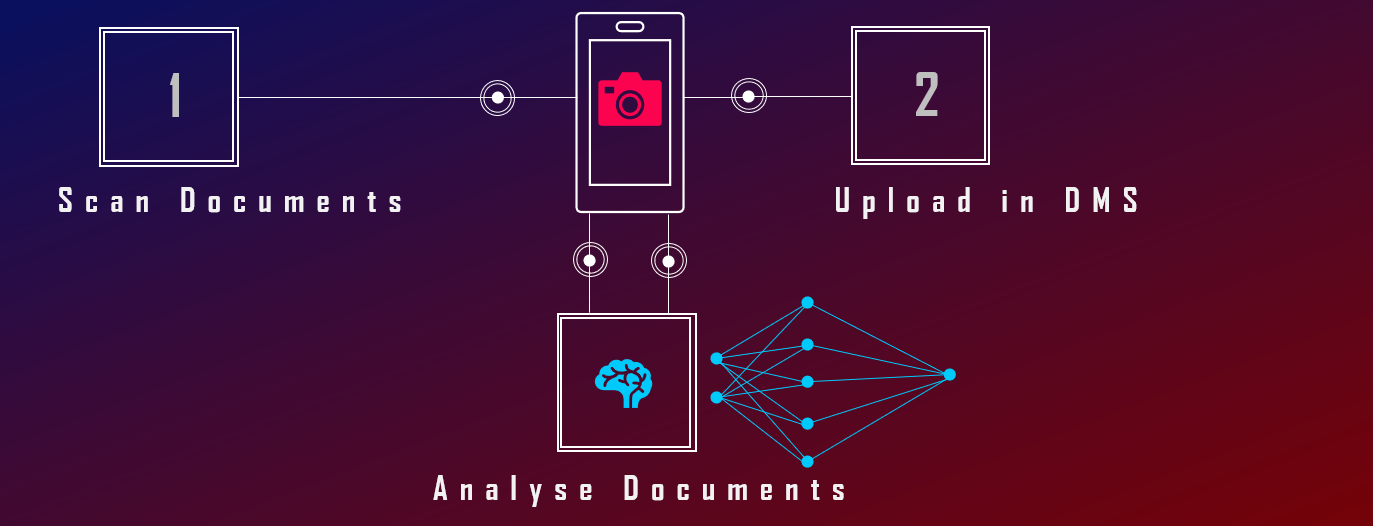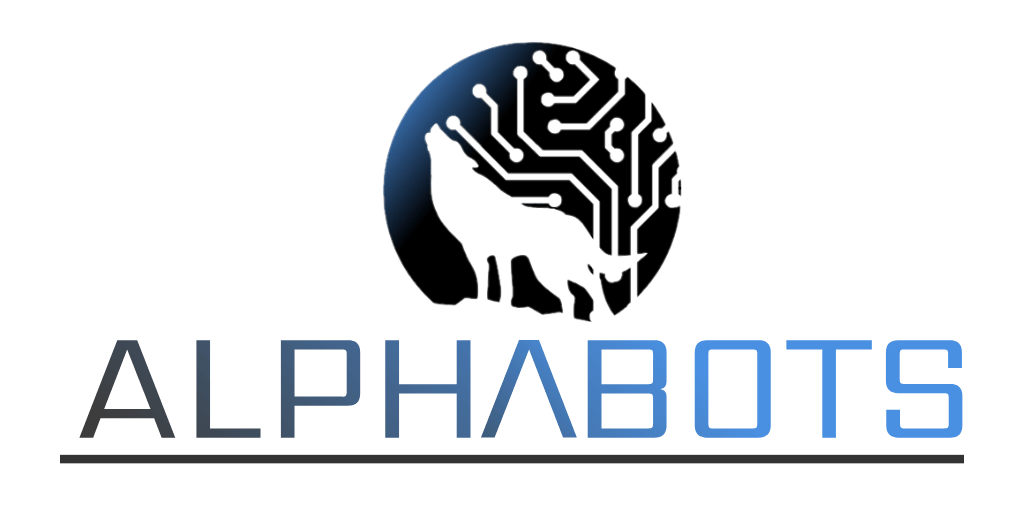RPA RDA IPA - What the bot is this all about?
Devran Deviren I 21.04.2020
Automation is on everyone's lips. In the age of digitalization, companies that have neglected to optimize their processes are stumbling.
But what exactly is meant by process automation?
Robotic Process Automation
RPA is an approach to process automation that uses "digital" robots to learn routine tasks and emulate the inputs. The goal is to automate the entire process without human interaction.
Robotic Desktop Automation
The RDA (often referred to as a robot) can be understood as an improvement of the work process that supports the user in its execution. The RDA robot takes on the role of a digital assistant that supports the employee with recommendations for action or relevant information from various systems.
The focus is therefore not on automating the entire process, but on optimizing the employee’s way of working.
Intelligent Process Automation
IPA is the combination of robotic process automation with machine learning to efficiently reproduce human thinking.
In this blog we would like to discuss a possible use case and analyze when you need which type of automation.
What are we going to do?
We categorize our robots into three products.
Since we offer our software fully programmed, it makes no difference to us whether the robot runs locally on the desktop in the form of an RDA or in the background in the form of an RPA. Ultimately, both are robotics - the only difference is that you try to automate the entire process and not just part of it.
Level 1 RPA is the easy way of automation. It is used to automate monotonous processes.
Level 2 RPA is the combination of our intelligent text recognition software with robotics technology. These robots are able to recognize and understand texts.
Artificial intelligence is on everyone's lips. We use it to develop Level 3 RPA. These robots are intelligent and can understand and automate complicated work processes.
Let's imagine following process:
If you want this process to run in the background fully automatically and without human intervention, you need an RPA. You would send all scanned documents to an email address owned by the robot and the robot would take care of renaming and implementing them into the document management system.
What if you don't want to run the robot on a virtual machine? Then you need an RDA. You scan the documents and then launch the robot locally on your desktop, which does the work for you.
What is the difference between these two technologies? RPA runs in the background and automates the entire process, while RDA runs locally on your desktop and only automates part of the overall process. In this case, you would have to collect all the emails you want to have processed and then start the robot. With RPA, on the other hand, the process runs completely automated in the background.
Let’s make the process a little more complicated:
What has changed now?
The robot has to extract information from the documents. To do this, it needs OCR. Behind this OCR there are many checks to assess whether the content of the document is correct or not. If everything is correct, the robot has to correctly interpret the content extracted from the document when uploading it and enter it into the DMS.
Now back to the same question: what if you don't want to use the robot on a virtual machine? This depends. Since this robot requires text comprehension, it is a Level 2 robot. We would integrate it optimally into the process. This means that we are able to develop the robot tailor-made. However, if you only want to use it with human interaction, we would fulfill your wish and convert the robot into an RDA.
To summarize, Level 2 robots are a combination of RPA and OCR. Why do we differentiate them at all? These robots contain our OCR AI, which means they understand what they read and can validate the scanned text. As you know, text documents are very different from each other. It is important to understand the content. We train our artificial intelligence to meet your specific needs.
Now we increase the complexity of the process by one more step:
What happens when many different documents are scanned and then need to be checked for the following content:
1. Who sent the document?
2. Is the document correct?
3. Was it signed?
4. Is the signature correct?
5. Has anything been crossed out on the document?
6. Is the content correct?
7. Is the amount stated in the correct currency?
8. Is the exchange rate correct at the specified time?
9. etc.
Then you need intelligent process automation. Or as we call it: Level 3 Robot. This must be tailored to meet the customer's needs and work optimally.
This means that the scanned documents could be sent to our robot. Our AI would take over the checking and further processing.
However, this is also the most complex robot in the development process because data collection and validation takes a lot of time.
Using our neural networks, we would teach our model to distinguish between the different documents. A robot would then be built around this model that would perfectly master the task of analysis.
In a perfect world, what would this process look like?
Assuming that documents are always submitted on paper, a mobile solution would be the key to success. We would develop an app that analyzes documents using our artificial intelligence and then integrates them into your DMS.
This is what sets Alphabots apart from normal RPA providers. All neural networks that we can build, we also offer as APIs and integrate them into apps to automate processes.
What does that mean for you?
Only 12 percent of German companies use the far-reaching advantages of process automation. One of the reasons for this is that many entrepreneurs do not even know that their processes can be easily optimized.
Another reason is that entrepreneurs are afraid of being exposed to new technology. That's why we take care of the robot and you use it. So you outsource your robot needs to us.
The implementation costs for the necessary RPA software are often enormous. Many companies therefore decide to put their employees on poor processes. With us, it's different. You just order the finished robot and immediately increase your profits.












